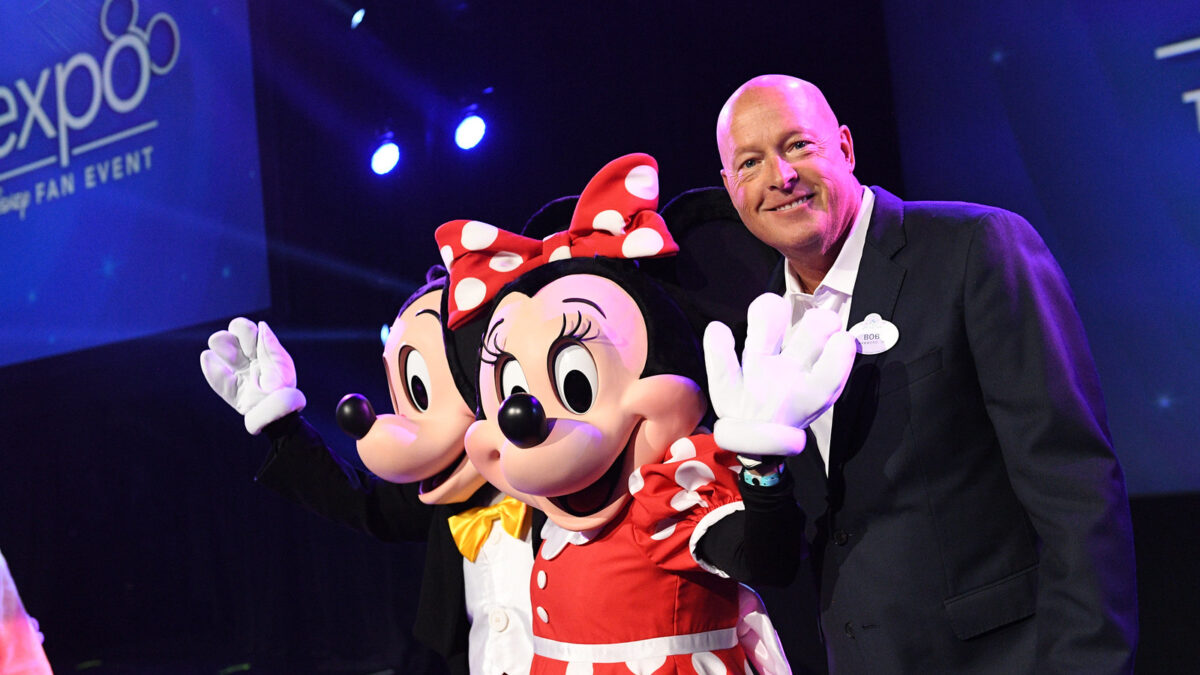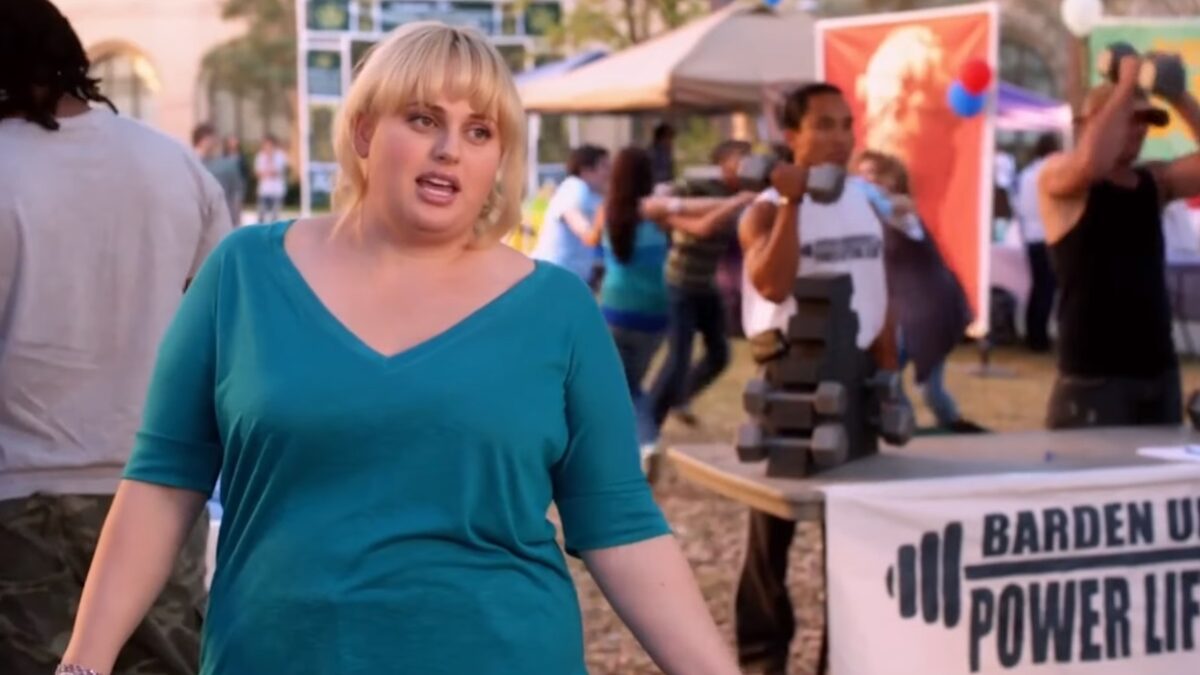In the age of Disney-themed weddings and weekend Disney hotel stays that can run $6,000, the House of Mouse has hit on another strategy to shake down their devoted fans. They’ve licensed the Disney name to Arizona’s DMB Development, who will build and sell 1,700 homes in a Disney-branded planned community in southern California.
A 618-acre development in Rancho Mirage near Palm Springs, Cotino will feature a large lake as its central focus with a waterfront clubhouse and community association reportedly to be run by Disney-trained staff. It’s the first of several communities being branded “Storyliving By Disney,” although Disney will not develop, build, or sell the homes.
The exact involvement of Disney talent in this first of several residential communities remains unclear. To the fans, Disney has stressed their “imagineers” have design input. However, local reports note that DMB had already planned a development for that California desert city. Mentions of Disney entertainment and experiences (like “cooking classes”) are essentially boilerplate marketing at this stage.
But who are they targeting? DeWayne Hamby, an entertainment writer based in the Orlando area, mentions Golden Oak — an upscale, secluded Disney-owned subdivision only a few hundred yards from the Magic Kingdom and its signature castle — as a potential model for this project. Homes in Golden Oak are priced $2 million to $10 million.
“It’s for the elite,” said Hamby in a phone interview. “If you’re going to the parks all the time, and then you return home where you live in a Disney neighborhood with a house full of Disney memorabilia, I would say that’s a pretty extreme Disney fanatic.”
With the Cotino development in southern California only recently breaking ground, the developer may be three or four years from announcing specific prices. What they can do is hype it using Disney’s celebrated heritage. For instance, their promotional site mentions Walt and Lillian Disney often visited their vacation home in the Palm Springs area.
Selling goods and experiences using idealized past memories has become American culture’s default spin cycle, and no company has perfected it better than Disney. Hamby, raising three daughters in the Orlando area, admits that “nostalgia mixed with fun” are partly why he and his wife enjoying visiting Walt Disney World. “Really, it’s to be able to experience it through the eyes of our kids.”
When Disney targets childless adults for its cradle-to-grave lifestyle, it raises questions.
Dreams of Disney Living Became Nightmares
Several steps up from usual real-estate brochures, Cotino concept art features amenities the project is zoned for but not in immediate plans. Communal spaces look welcoming, framed by mountain vistas. Restaurants and even a grand hotel reveal creative design flourishes.
However, the development’s central 24-acre blue lagoon — with beachfront areas and a water park in the works — has brought criticism from some locals.
“I don’t know if Palm Springs, the desert, is the right place for Disney,” said Alan Long, managing director of a Los Angeles–based real estate brokerage. “We’re in a drought right now. Disney is going to have some real challenges on its hands.”
Similarly, local resident Lucinda Crosby called the Disney development’s planned lagoon a “water playground in a historic drought.”
Disney hasn’t yet swooped in with their PR magic to fix the bad press. Perhaps they’ve learned from past residential living endeavors to take an arm’s-length approach.
The city of Celebration, Florida near Orlando began as a master-planned community that carved up some of that valuable Walt Disney World real estate, with renowned neoclassical architects designing Main Street landmarks like a movie theater and city hall. It opened in 1996, following a much-hyped lottery of Disney fans eager to get in.
Disney marketed Celebration as a throwback to 1950s middle America, albeit with pastel-colored homes and palm trees. But costs were prohibitive for most families, with reportedly high demands on homeowners to maintain a certain aesthetic. Businesses that moved to their town center dealt with many unmet promises over years.
Multiple issues reflected poor management. Several car accidents occurred around the idyllic town’s retaining pond, with guardrails ultimately installed. A series of unrelated murders rocked the community. Less than a decade after founding the city, Disney divested of its management of the town in 2004, although it still owns most Celebration landmarks and several office buildings where white-collar Disney staff in finance and other departments work.
With Golden Oak, also connected to their Orlando theme park, Disney dropped the charade that they were targeting middle-class families. Starting in 2011, the company began to sell those few dozen homes at exorbitant prices. Great views of nightly fireworks, if you can afford it.
Longtime Disney followers will also point out that EPCOT — an acronym for Experimental Prototype Community Of Tomorrow — was envisioned by Walt Disney as a futuristic residential community. Following Walt’s death in 1966, the company spent a decade wrestling with various sketches and concepts to make his big idea work. They ultimately opened it as a theme park.
Cotino and other Storyliving by Disney residential communities will likely have more in common with walled-garden Golden Oak than the open-layout, imitation small-town Celebration.
When Disney Obsession Becomes Unhealthy
For newly installed Disney Chief Executive Officer Bob Chapek, this Storyliving venture stands among his biggest moves. He started in their home video division during the ’90s, when Disney churned out direct-to-video cheapquels like “The Fox and the Hound 2.” So Chapek’s moves so far — to raise theme park ticket prices, open an overpriced Star Wars hotel, and move the Imagineering creative team (long based near Disneyland in Anaheim) to Florida for cost reasons — perhaps aren’t surprising.
Hamby, the Orlando-area writer who is also a pastor, says he doesn’t “pre-judge” when his family sees an all-adults group decked out in Mickey ears at Walt Disney World. “I don’t know what they’re going through,” he said. “It’s very possible that they’ve had a loss in their family and are using Disney as an escape, to return to their childhood and help them cope.”
But he does suggest two indicators of an “unhealthy obsession” with Disney and its alluring nostalgic brands. When theme park tickets, collectibles — and maybe a Disney-brand house — begin to “wreck your personal finances” and make it rough to pay bills, the fixation has gone off the monorail, said Hamby.
Then there’s another attitude he says he observes “all the time in a couple theme-park Facebook groups” in which he participates. “They say, ‘Couldn’t we have a day where kids don’t get to go to Disney and it’s all adults? Then we don’t have to trip over them.’ Really? You want to exclude the ones this experience was intended for?”
Hamby adds: “There’s probably a very much deeper conversation to have about adults not letting go of things really meant for children. They’re kind of missing the whole point of it.”
Will those anti-child attitudes be present in Storyliving by Disney communities? Regardless, observers like real estate expert Sonia Hirt of the University of Georgia see Disney, that once-great American brand, being collapsed into one attribute: escapism.
“If you just create a community that is aesthetically pleasing, (will) other things go away?” she asked. “There’s always this desire to make a utopian tomorrow today, but so many times, tomorrow doesn’t quite come.”









